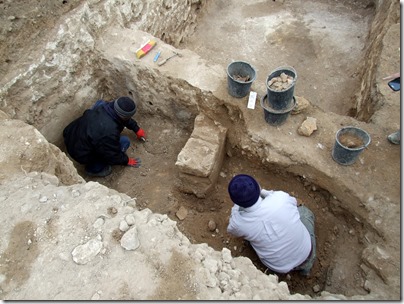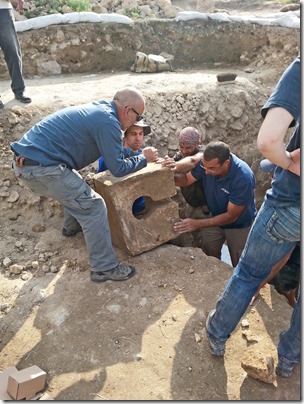Word is out about a ancient papyrus to be presented next week by Shmuel Ahituv. The Hebrew papyrus includes the word “to Jerusalem,” and dates to about the time of King Hezekiah. It was discovered recently in the Judean wilderness and purchased from an antiquities dealer. For information about the conference, see Aren Maeir’s post and his mention of this “VERY
INTERESTING” papyrus.
HT: Joseph Lauer
UPDATE (10/22): The now-deleted reference to the number of lines on the papyrus was based on the mistaken assumption that the article’s photo showed the newly discovered papyrus.




